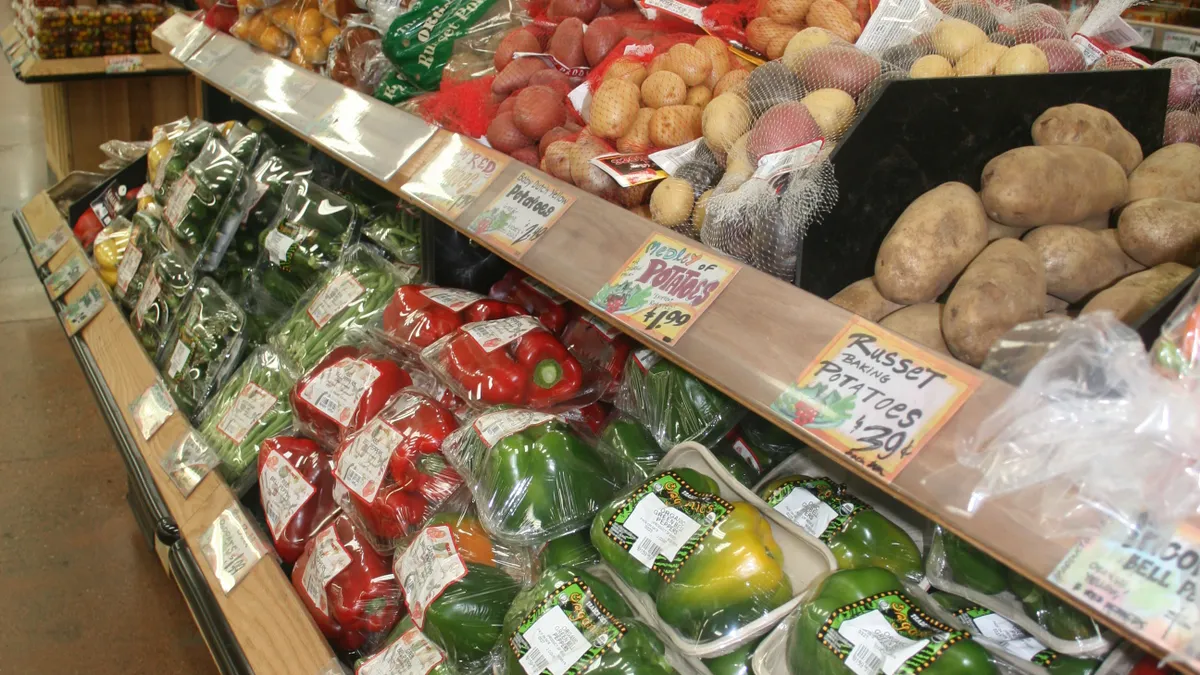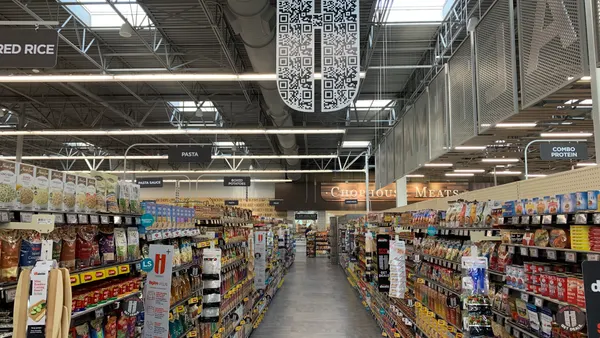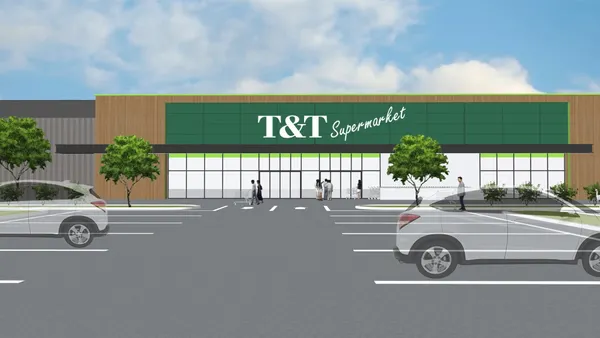Dive Brief:
- As food deserts continue to be a problem in the U.S., non-profit grocery stores are rising to the occasion. These grocers focus on serving low-income neighborhoods that are a mile from urban neighborhoods or 10 miles from a rural area, according to Nonprofit Quarterly.
- Non-profit grocery stores are most often smaller than 7,000 square feet, compared to 43,000 square feet for supermarkets, which serve more customers and bring in larger revenues.
- These smaller grocers are often given government grants, donations, volunteer time and charge membership fees to keep the business running.
Dive Insight:
In the U.S., 2.3 million people live in food deserts and local, for-profit grocery stores serving those areas aren’t able to survive. Non-profit grocers have tried to fill the gaps in those underserved areas, but it’s not easy to run an already-low-margin business at even lower prices.
Most often, these grocers rely on donations to stay above water. Mission Waco in Dallas, which operates Jubilee Food Market, had a $4 million budget and needed $488,000 to pay for remodeling, startup costs, staff, inventory and to build a greenhouse to grow produce, Nonprofit Quarterly reported. Now two years into operating, it still recruits cash and in-kind donations but mostly relies on its membership model, similar to Sam’s Club or Costco, to keep functioning.
Other nonprofit grocers like DMG Foods, run by the Salvation Army, rely on nonperishables donated to the Maryland Food Bank as well as price cuts from distributors, discounts from the power company and donated office supplies.
In addition to donations and discounts, these grocers count on volunteers and grants. Volunteers often go the extra mile for customers, offering cooking and health education classes to help area residents make better food purchasing decisions.
The biggest hurdle for these grocers is staying afloat. Traditional grocers rely on high volume to sell products at lower prices, something nonprofit grocers aren’t able to do. To combat this, grocers like Jubilee Food Market are building greenhouses to grow their own produce, and clearing the shelves of unpopular items, replacing them with products consumers want.
By building this relationship with their community, nonprofit grocers are combating another issue: a lack of neighborhood attachment. Because of their size and service model, these stores are more successful if they are responsive to the community they are serving and follow through with community-driven decisions — like the site, size, inventory selection and price points.
These are hurdles that major grocery chains may not be able to tackle if they target food deserts, but some are using creating ways to give it a shot. Walmart partnered with Waymo to test a self-driving vehicle that picks up customers and brings them into the closest store, bridging the transportation gap that can create food deserts. But many of these autonomous cars have a limit to how far they can travel and how fast they can go, which could make the trek between these neighborhoods and the stores long.
Kroger has also piloted a grocery truck to tackle the lack of fresh food access in Louisville by bringing produce, meats and other groceries to the residents. While the truck doesn't solve all of the problems of food deserts, it brings more access to the products consumers need.
While the big grocers are working on more transportation-heavy solutions to get better food to consumers, the old-school brick-and-mortar approach is also useful. Everyone needs groceries, and a physical location with programs, volunteers, and specific items the community wants makes the nonprofit store a vital part of the community. All of the solutions can work together to help assure better food access and choices to those who need it.













